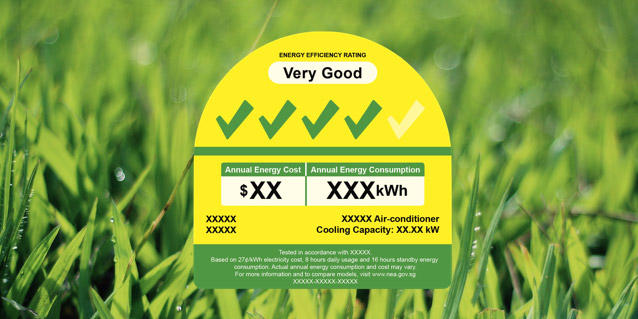EMA License: 9/21140 | Open 9am - 6pm | Monday to Saturday | Call 84193988

Do Energy Label Ratings Matter When Buying Appliances?
When purchasing new appliances, it’s important to understand what electrical components to look out for. Large appliances such as refrigerators and washing machines can use up a lot of energy, and in fact they can take up a majority of the cost on your monthly electricity bill. So, in order to save the most money, you should understand how to read energy label ratings, as well as find out why they are so important.
According to electrician Singapore, an energy label rating is a good indication that your appliance is either a safe or a risky buy. You won’t want to go into it blind, so here are a few guidelines you want to follow before making that final purchase.
All in all, the more marks an energy label has, the better it is. Advanced appliances can save a lot of energy, putting more money back into your pocket and keeping you from having an electrical disaster.
What is an Energy Label Rating?
All modern appliances come with an energy label, which is an official rating of how efficient the appliance is at using energy. It breaks down how much it costs to use its energy on a yearly basis, as well as how much energy the appliance consumes each year. You’ll want to find something with a high energy label rating in order to get a good deal.
An energy label rating is often expressed with tick or check marks, and the more check marks there are, the better the appliance is for your energy-saving needs.
The National Environment Agency (NEA) has approved the production of new energy rating labels, making it easier to understand what you’ll be getting out of your appliance in the long run.
Do Energy Label Ratings Matter?
Energy label ratings can help you decide what appliances are good, and which ones aren’t. This new energy label rating system can help you gain a better understanding of what savings you’ll generate for yourself with the most energy-efficient appliances.
Keep in mind the following tick rating system:
- 1 tick = low rating
- 2 ticks = fair rating
- 3 ticks = good rating
- 4 ticks = very good rating
- 5 ticks = excellent rating
This is the typical rating system that you’ll see with appliances such as refrigerators and washing machines. The nationalized Tick Rating System is put in place so that you can easily recognize the amount of ticks presented across all electronic appliances and devices.
What is the Average Annual Energy Cost?
The average energy cost of your appliances depends on the amount of ticks, although you will be able to see a more in-depth analysis of your energy usage and cost on the actual label rating itself.
For example, the annual energy cost of a refrigerator is based on 27 cents per kWh electricity cost, with 24-hour daily use. However, this annual cost is generated differently for other appliances. Air conditioning units are based on 27 cents per kWh electricity cost, but only with 8 hours of daily use and the remaining 16 hours on standby energy use. You will find these differences from appliance to appliance, but the general ranking system will remain the same.
Is there a Greater Demand for Energy-Efficient Products?
There is absolutely a worldwide demand for more energy-efficient products. The NEA wanted to revise the energy ranking system for this very reason, making it easy for people in Singapore and abroad to make smarter and more well-informed purchases of electronic products.
From now on, energy label ratings will reflect annual estimated energy costs, both in terms of usage and financial cost. This will make it a lot easier for consumers to make better choices and understand which machines offer the most energy efficiency. If you are looking for a new refrigerator, washing machine, air conditioning unit, or even a TV, you can now enjoy an updated energy rating system that donates the amount of ticks per energy efficiency. Remember that the higher the ticks, the more efficient and affordable your new appliance will be in the long run.